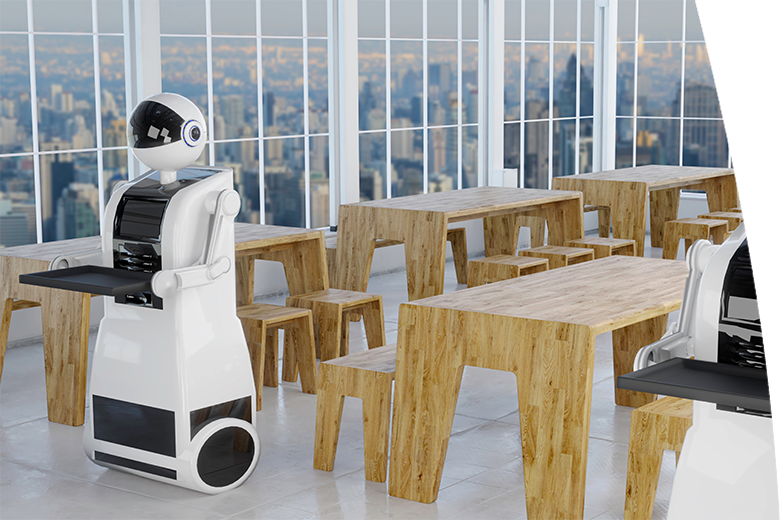Current Use of AI in Fast Food Chains

The fast food industry is known for its fast service. So it's no wonder when this particular segment is increasingly turning to artificial intelligence to help it improve customer experience as well as business efficiency. The potential of AI is indeed huge - come read on to find out how it can be harnessed.
Fast food chains are increasingly using automated ordering systems, which significantly impact restaurant operations and customer interaction. Many businesses are using AI-powered kiosks and voice ordering systems to streamline the ordering process. A typical example is McDonald's, which has introduced touch-screen ordering kiosks in its outlets. This has resulted in an improved customer experience and significantly reduced waiting times.
Another great real-world example is Domino's Pizza, which uses artificial intelligence to track customer preferences and then suggest orders. The result is increased customer satisfaction and, ultimately, increased sales. In addition to this innovation, Domino's Pizza has developed artificial intelligence for pizza inspection, which it uses to check the quality of each pizza before it is delivered. Well, isn't that great?
In addition to the aforementioned gadgets, fast food outlets are also using artificial intelligence to:
Predictive analysis that forecasts demand - the way it works is that AI algorithms analyse historical sales data, seasonal patterns and other relevant factors to be able to predict demand. This helps to optimise stock levels, reduce food waste and ensure that customers' favourite items are always available.
Optimising delivery and logistics - this feature works by using AI algorithms to optimise delivery routes, estimate delivery times and improve the overall logistics of food delivery services. This ensures timely and efficient delivery to customers, contributing to a positive overall experience.

Analysis of customer feedback - AI tools analyse customer feedback from various sources such as social media and online reviews. This real-time analysis helps fast food chains understand customer preferences, quickly solve problems and continuously improve service quality.
Supply chain optimisation - AI technologies optimise the fast food supply chain by predicting lead times, managing inventory and minimising downtime. This ensures a smooth flow of raw materials from suppliers to restaurants, reducing operational inefficiencies.
As we could learn from the article, the role of AI in the fast food industry is becoming more and more significant. It helps establishments increase efficiency and improves the customer experience. And these innovations will surely be joined by others soon that will once again push the industry higher.
Don't forget to subscribe to our newsletter to get more tips and advice from different areas of the business environment.
[newsletter]
















